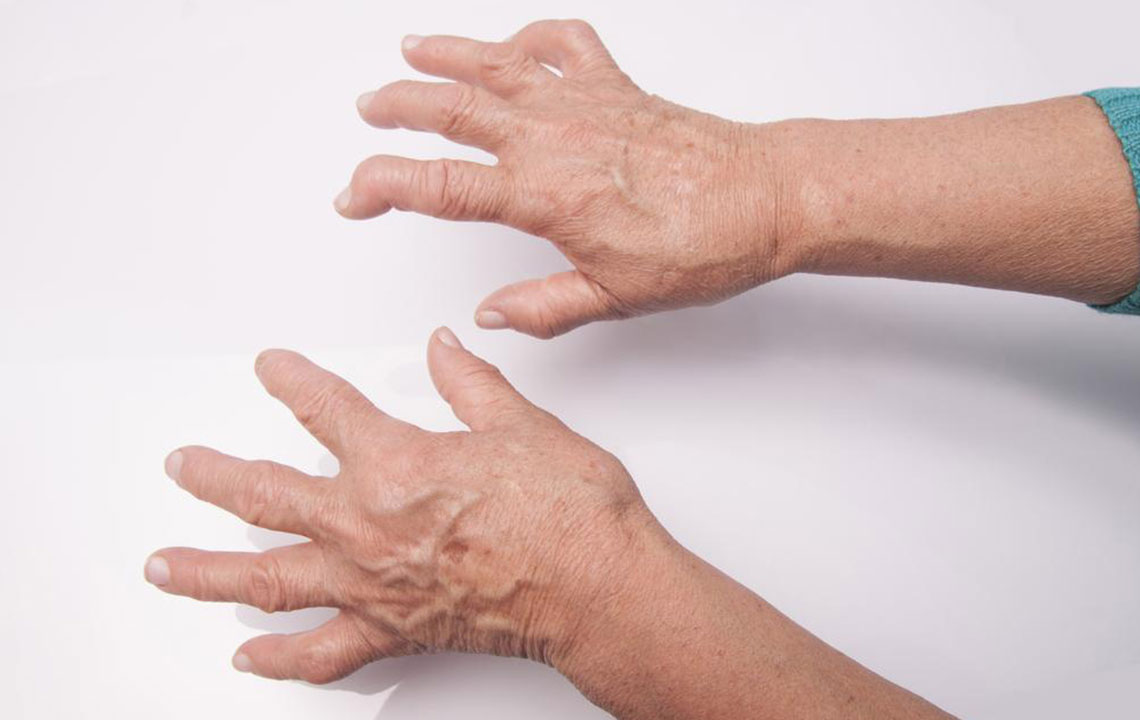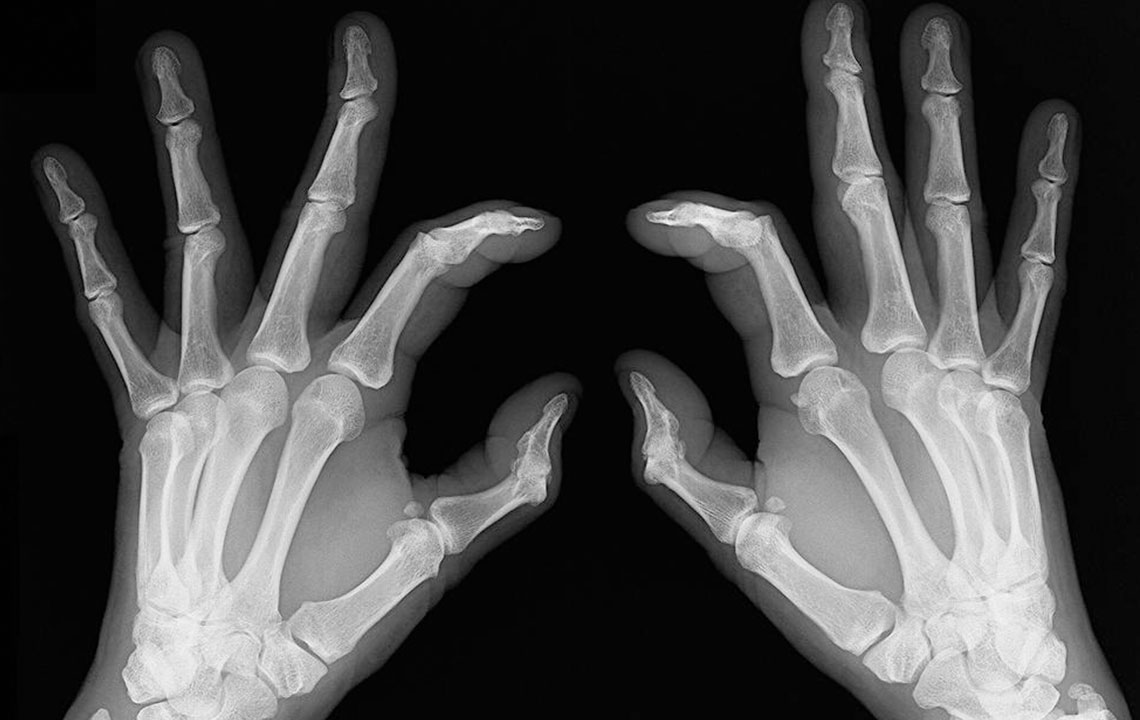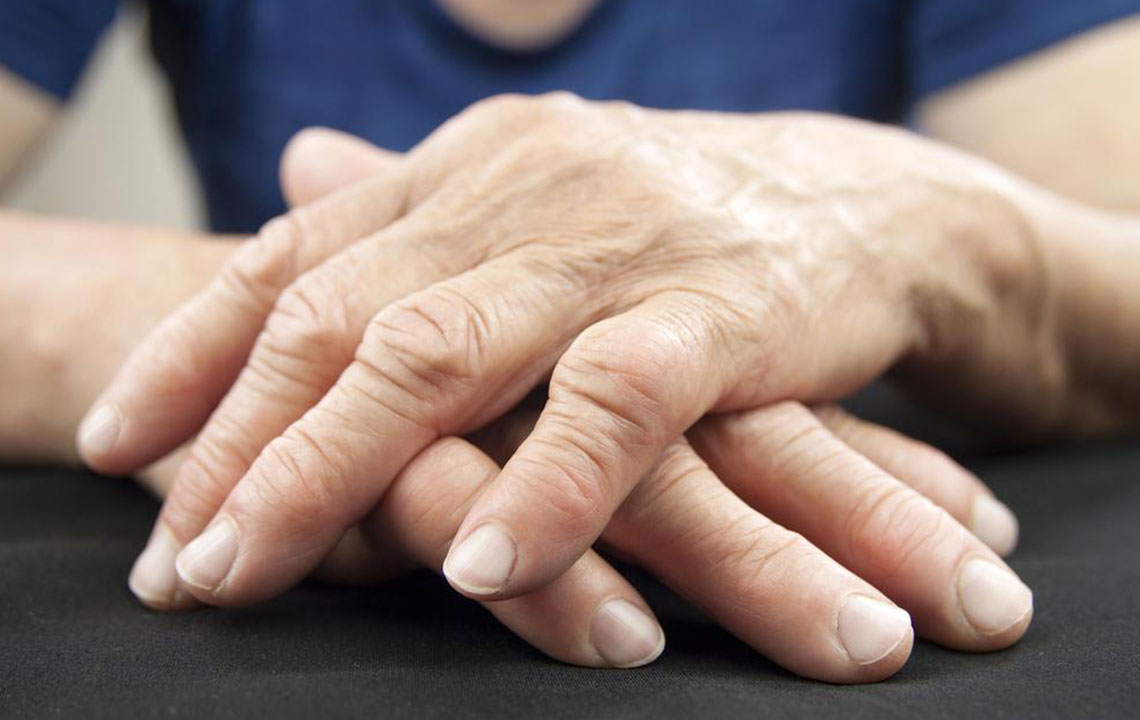Understanding the Causes and Symptoms of Arthritis Discomfort
This article explores the common causes and symptoms of arthritis pain, detailing various types, warning signs, and management strategies. It emphasizes early diagnosis and lifestyle changes to manage discomfort effectively, helping readers understand how to seek timely medical assistance and improve joint health.

Understanding the Causes and Symptoms of Arthritis Discomfort
Arthritis is a condition characterized by joint inflammation that results in significant pain. It encompasses a diverse range of rheumatic conditions affecting joint health. There are more than 200 different types, grouped into seven primary categories.
The main classifications include:
Degenerative or mechanical arthritis
Inflammatory arthritis
Musculoskeletal soft tissue pain
Back discomfort
Infectious joint inflammation
Connective tissue disorders
Metabolic-related arthritis
Factors contributing to arthritis
While pinpointing a single cause is challenging, several factors can lead to arthritis:
Genetic predisposition increases osteoarthritis risk
Immune system issues can cause Rheumatoid Arthritis and Lupus
Metabolic irregularities may lead to gout or pseudogout
Injuries to muscles or joints can result in degenerative forms
Infections such as Lyme disease can trigger arthritis
Early signs and symptoms of arthritis
Arthritis progresses over time, with symptoms intensifying gradually. Some signs may appear early, before full development:
Common symptoms across various arthritis types include persistent joint pain, stiffness, swelling, and movement difficulty. These signs often prompt timely medical consultation to prevent progression.
Joint pain: The hallmark symptom, affecting areas like the neck, shoulders, elbows, knees, wrists, hips, and ankles. Pain may be constant or episodic, localized or widespread.
Stiffness: Typically felt after waking or remaining immobile, stiffness can last briefly or persist in some cases.
Swelling: In certain types, affected joints become tender, red, warm, and enlarged.
Limited movement: Reduced joint mobility or difficulty standing up can signal arthritis, necessitating medical advice to prevent further damage.
Specific arthritis types display characteristic pain patterns:
Osteoarthritis: Cartilage deterioration causes bone-on-bone contact, resulting in severe pain, often due to cartilage loss, ligament issues, or reduced synovial fluid.
Rheumatoid arthritis: An autoimmune process damages joint linings and surrounding tissues, causing inflammation, pain, and potential permanent damage.
Psoriatic arthritis: Immune attacks affect joints and connective tissues, often associated with psoriasis and enthesitis.
Gout: Uric acid buildup crystallizes in joints like the big toe, leading to intense, episodic pain.
Fibromyalgia: Widespread, chronic pain affecting muscles and joints, accompanied by fatigue and mood issues.
Lupus: An autoimmune disease impacting multiple organs, presenting with joint pain, fatigue, skin rashes, and other systemic symptoms.
Managing arthritis pain involves medications, physical therapy, regular exercise, and a balanced diet. Early intervention can reduce discomfort and slow joint deterioration.
Note: The information provided aims to inform and guide readers. It should not replace professional medical advice. For personalized diagnosis and treatment, consult healthcare providers.










